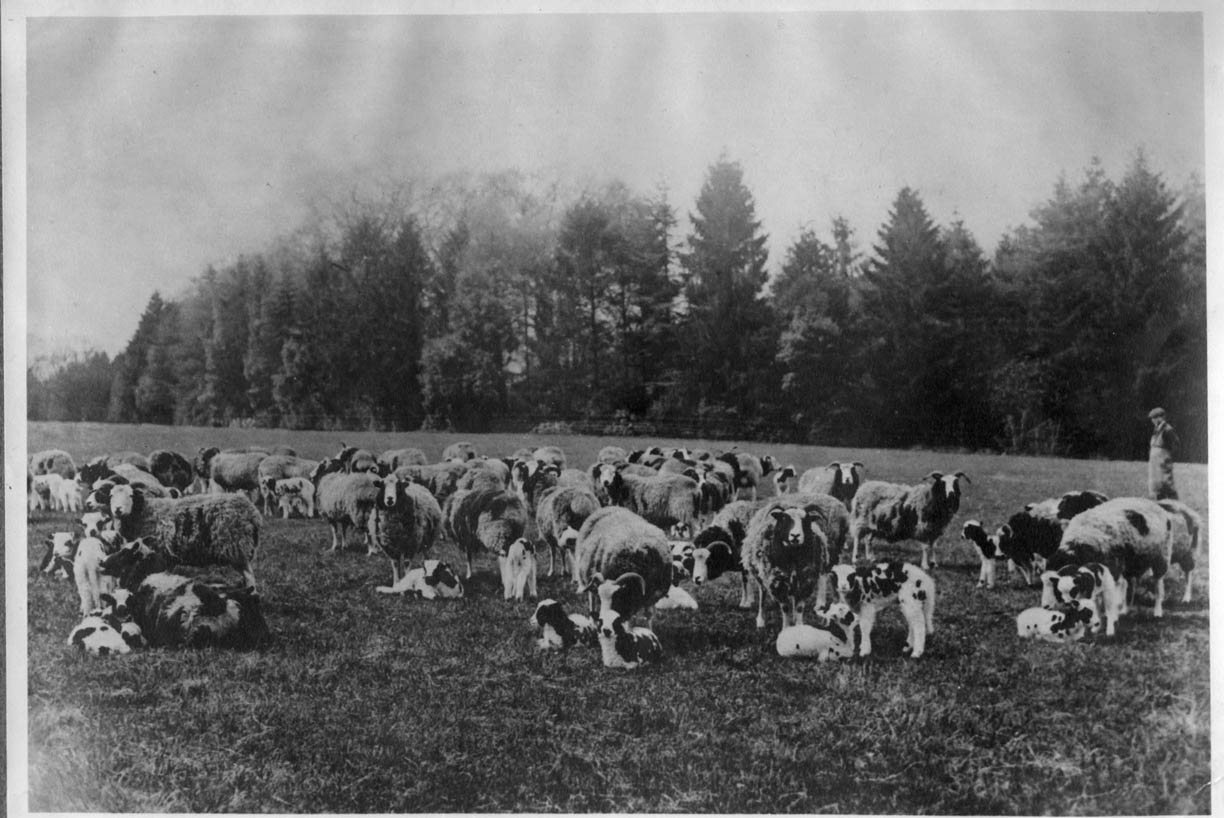|
|
Dandy's Jacobs Dansville, Michigan
|
|
|
|
Dandy's Jacobs Dansville, Michigan
|
|
| In 1998 I moved my family from the subdivisions where we had lived since my wife and I were married in 1985 to a 25-acre homestead in the country. (My wife and I had both grown up in the country and we soon came to fully appreciate the saying "you can take the boy out of the country, but you can't take the country out of the boy.") We had intended to get a cow and maybe a couple of horses, but I despised sheep. We had a steep slope which was covered with a dense dogwood thicket and poison ivy, and I began looking for a non-herbicidal way to eradicate the poison ivy. In this process I came across an old USDA Farmer's Bulletin on the topic that stated that sheep love to eat poison ivy (after all, remember the song: "Mairzy doats, and dozy doats, and little lambsy divy" hint-sound-it-out), so I bought three Jacob ewe lambs to clear the thicket. Pretty soon the thicket was just a pile of twigs and we had fallen in love with Jacob sheep. (Regular sheep are blaaaaa.) |
 |
Ewes in remains of thicket |
 |
We currently maintain a breeding flock of about a dozen ewes and two rams. Given the small original gene pool for this breed (history), we go out of our way to select breeding stock from diverse backgroungs. Our flock represents ten breeders from seven states. Our goal is to raise premium quality Jacobs which are well within breed standards and true to the historical Jacob pattern, including the so-called lilac color. (video presentation on the genetic cause of lilac--requires high speed connection) . All of our breeding stock is registered through the Jacob Sheep Breeders Association (JSBA). Breeding rams and ewes are usually available (for sale). Also, freezer sheep are usually available. In addition, we have wool available for sale. |
Our original flock sires, Lillywold Matthew & Puddleduck Joseph |
 |
An old English Flock circa 1900 |
Last updated 8/10/10